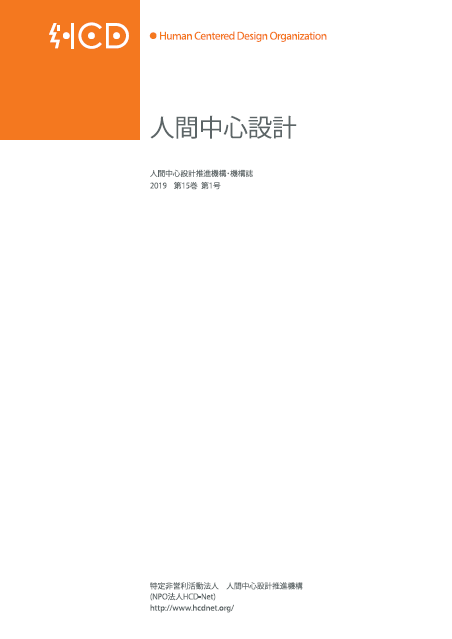Volume 8.9, Issue 1
Combined Issue
Displaying 1-16 of 16 articles from this issue
- |<
- <
- 1
- >
- >|
Front Matter
-
Article type: Cover
2014 Volume 8.9 Issue 1 Pages 0
Published: January 01, 2014
Released on J-STAGE: February 23, 2021
Download PDF (181K) -
Article type: Table of Contents
2014 Volume 8.9 Issue 1 Pages 0
Published: January 01, 2014
Released on J-STAGE: February 23, 2021
Download PDF (112K)
Original Paper
-
Article type: Original Paper
2014 Volume 8.9 Issue 1 Pages 1-10
Published: January 01, 2014
Released on J-STAGE: February 23, 2021
Download PDF (817K) -
Article type: Original Paper
2014 Volume 8.9 Issue 1 Pages 11-18
Published: January 01, 2014
Released on J-STAGE: February 23, 2021
Download PDF (2223K) -
Article type: Original Paper
2014 Volume 8.9 Issue 1 Pages 19-26
Published: January 01, 2014
Released on J-STAGE: February 23, 2021
Download PDF (876K)
Short Note
-
Article type: Short Note
2014 Volume 8.9 Issue 1 Pages 27-28
Published: January 01, 2014
Released on J-STAGE: February 23, 2021
Download PDF (414K) -
Article type: Short Note
2014 Volume 8.9 Issue 1 Pages 29-32
Published: January 01, 2014
Released on J-STAGE: February 23, 2021
Download PDF (509K) -
Article type: Short Note
2014 Volume 8.9 Issue 1 Pages 33-36
Published: January 01, 2014
Released on J-STAGE: February 23, 2021
Download PDF (449K) -
Article type: Short Note
2014 Volume 8.9 Issue 1 Pages 37-40
Published: January 01, 2014
Released on J-STAGE: February 23, 2021
Download PDF (9302K) -
Article type: Short Note
2014 Volume 8.9 Issue 1 Pages 41-45
Published: January 01, 2014
Released on J-STAGE: February 23, 2021
Download PDF (1342K) -
Article type: Short Note
2014 Volume 8.9 Issue 1 Pages 46-49
Published: January 01, 2014
Released on J-STAGE: February 23, 2021
Download PDF (622K) -
Article type: Short Note
2014 Volume 8.9 Issue 1 Pages 50-54
Published: January 01, 2014
Released on J-STAGE: February 23, 2021
Download PDF (669K)
Back Matter
-
Article type: Submission Rules
2014 Volume 8.9 Issue 1 Pages 58-59
Published: January 01, 2014
Released on J-STAGE: February 23, 2021
Download PDF (183K) -
Article type: Submission Guidelines
2014 Volume 8.9 Issue 1 Pages 60
Published: January 01, 2014
Released on J-STAGE: February 23, 2021
Download PDF (125K) -
Article type: Editorial Postscript
2014 Volume 8.9 Issue 1 Pages 61
Published: January 01, 2014
Released on J-STAGE: February 23, 2021
Download PDF (136K) -
Article type: Colophon
2014 Volume 8.9 Issue 1 Pages 61
Published: January 01, 2014
Released on J-STAGE: February 23, 2021
Download PDF (136K)
- |<
- <
- 1
- >
- >|
